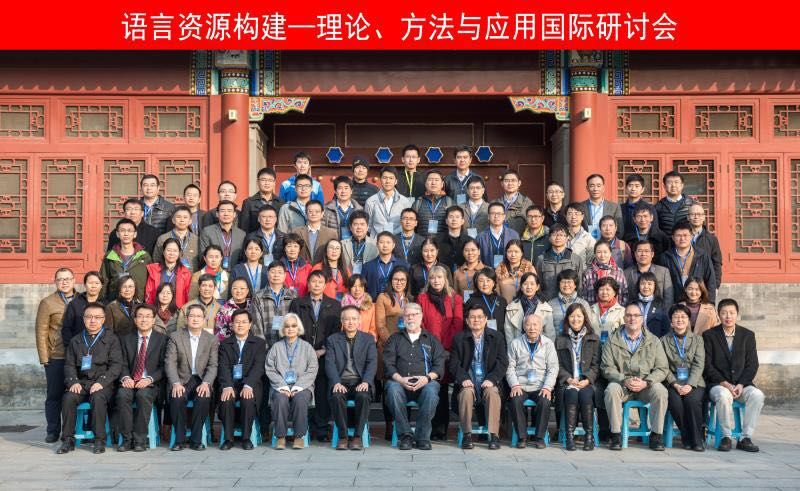Zachary Woolfe, "Hyper-High Notes", NYT 11/10/2017:
I wrote this week about the highest note in the history of the Metropolitan Opera, an A above high C currently being sung by Audrey Luna in Thomas Adès’s “The Exterminating Angel.” In my brief rundown of high-note history, I referred to the French soprano Mado Robin “shrilling” up to a high B flat; my infelicitous phrasing got called out by some Mado fans, one of whom was kind enough to send along a couple of her highlights. Recorded live, this is, my reader tells me, a French version of one of the big Miliza Korjus showpieces from the 1938 MGM musical “The Great Waltz.” Its climax takes her up to what I believe (correct me if I’m wrong) is quite a lovely sustained B flat, half a step above Ms. Luna’s achievement.
If the cited youtube clip has not been juiced, Mr. Woolfe is indeed wrong — the note in question is a (quarter tone above) a sustained B6, around 2006 Hz.
Read the rest of this entry »


